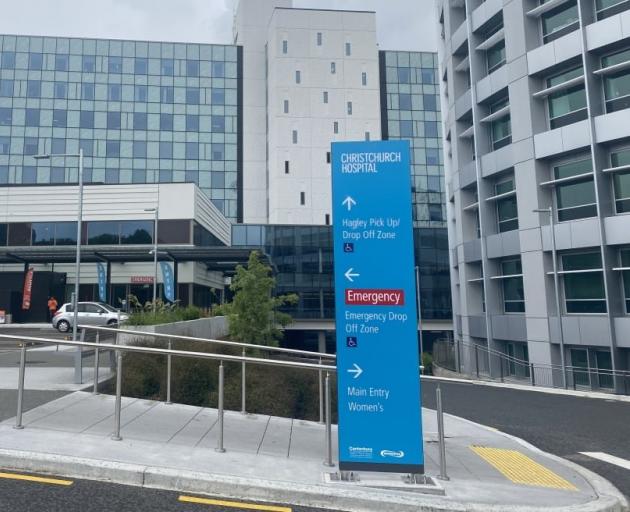
Its snapshots of presentations to the Christchurch Hospital’s emergency department over three similar times in 2013, 2017 and 2022 highlighted the proportion of older people who are turning up there with alcohol-related conditions.
The three snapshot periods involved 42 shifts and included events associated with high alcohol consumption such as Cup Day and Crate Day. A total of 412 participants were interviewed, 109 of them in 2022.
Researchers found over the three sections of the study the proportion of participants aged 25 and under had dropped from 33.6% of the total presentations in 2013 to 19.3% in 2022. Similar decreases in presentations by young people have been seen in other high-income countries.
But in the older age groups, figures were heading in a different direction. Those aged 25-54 went from almost 30% of the total in 2013 to 40.1% in 2022. Those older than that more than doubled their share of the total, taking them to 23.9% in 2022.
This information does not tell the full story of alcohol-related ED presentations at this busy hospital in the snapshot periods. As the researchers point out, potentially a total of 701 patients were eligible to participate. Those with the highest levels of intoxication were unable to consent to take part and those who did take part were often not sober, so their answers may not all have been accurate.

The researchers said their findings were in line with other research showing more than one-third of older New Zealanders were drinking at levels which might result in harm.
More than a quarter of the participants in the 2022 part of the study said they had consumed 20 or more standard drinks in a single occasion. It is recommended women should consume no more than two standard drinks in a day (10 a week) and men three a day (15 a week).
Also released last week were results of a 2022 survey from the Australasian College for Emergency Medicine spelling out the impact of drunk patients on staff. More than 70% of the 1284 ED staff participating from both Australia and New Zealand said they were regularly abused, threatened, or harassed by drunks. Frequent physical aggression from those who had been drinking was cited by more than 40% of participants. Nurses were more likely to get alcohol-related abuse than doctors.
No sober person would find that acceptable.
Successive governments have been namby-pamby about tackling alcohol harm, despite knowing it kills around more than 800 people each year and costs the country well over $7 billion annually.
It is yet to be seen whether changes introduced last year to the processes around Local Alcohol Policies will work in favour of communities keen to reduce the reach of alcohol outlets. Already, liquor industry representatives want the law repealed.
Repeated calls for reducing marketing and sponsorship have gone nowhere, along with minimum unit pricing, although the latter has proved effective in reducing alcohol-related deaths in Scotland.
So far, there is no indication the coalition government will be enthusiastic about doing anything bold which could offend Big Booze.
It is hard to understand why any government is happy to allow the cost of alcohol harm, in both human and financial terms, to continue unchecked. A comprehensive plan to tackle it could save lives and money, and also reduce pressure on all levels of our creaking health system.
Increasing security at EDs makes sense but it is like slapping a sticking plaster on a festering sore.












